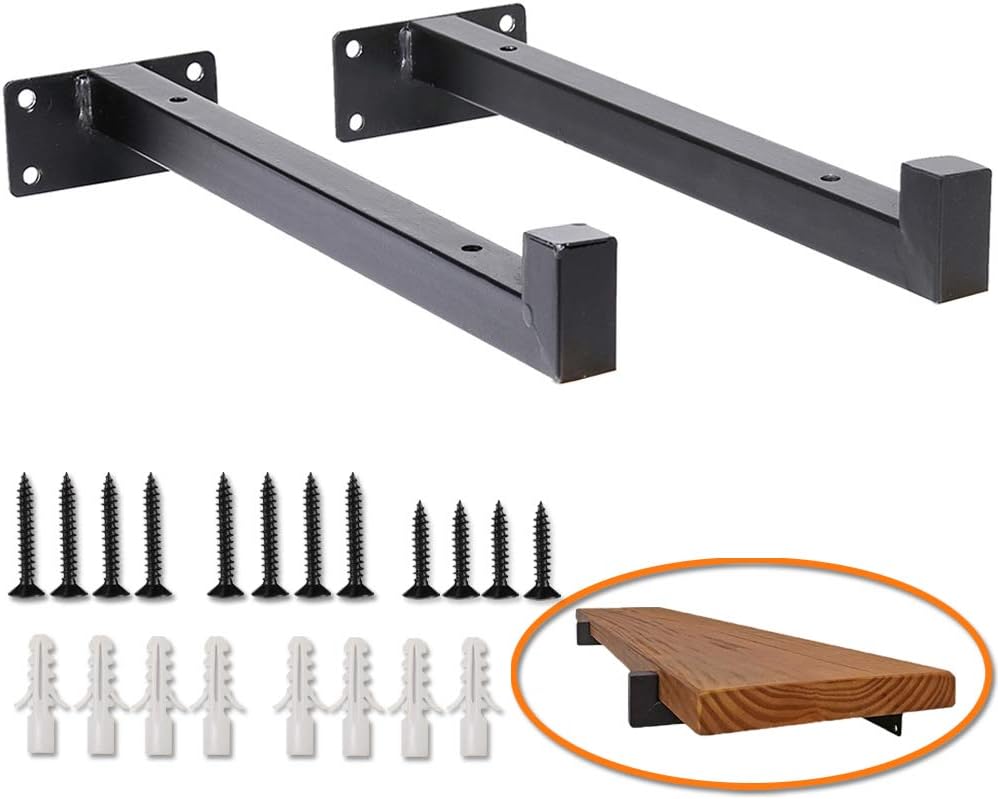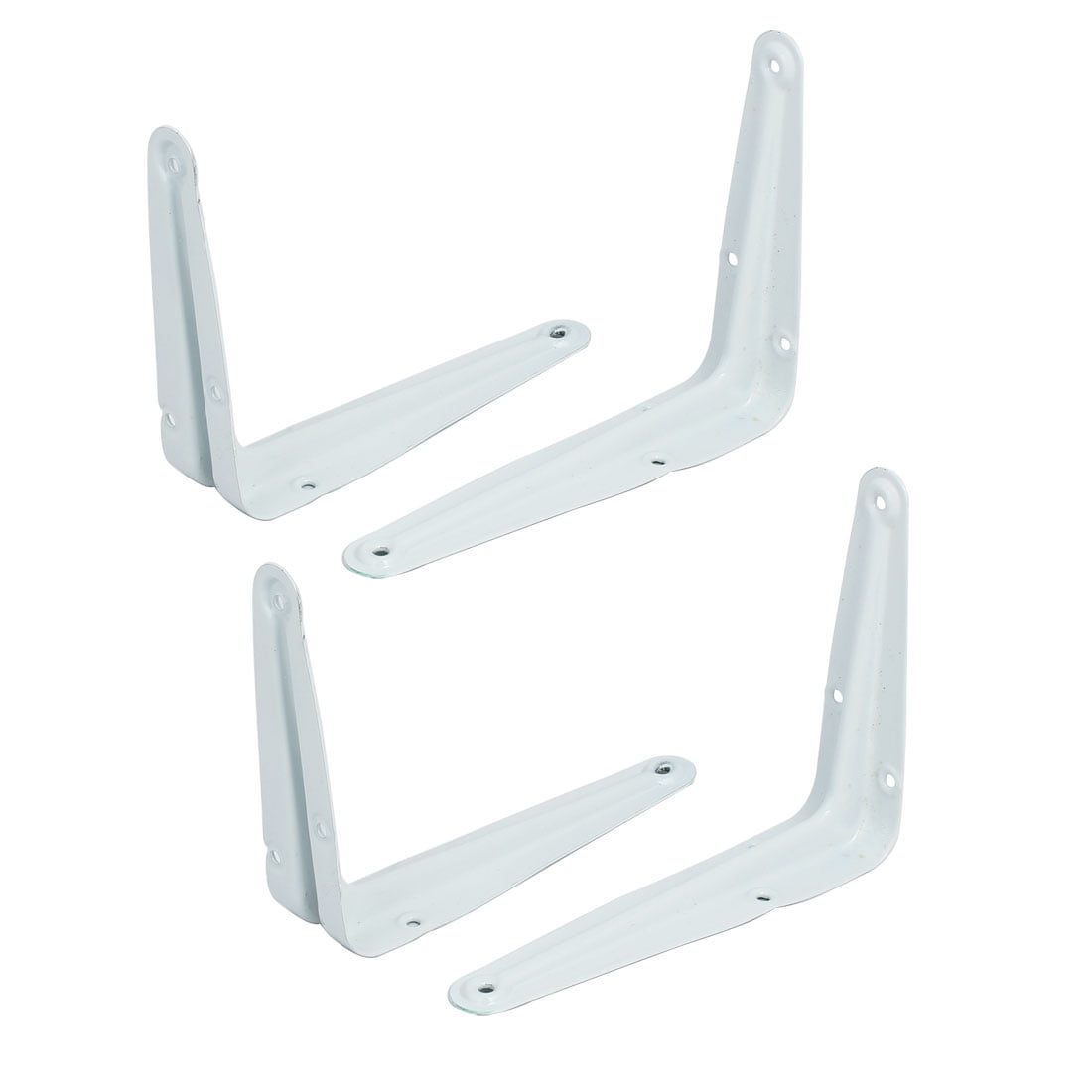Types of Wall Cabinet Support Brackets

Wall cabinet support brackets are essential components for safely and securely mounting cabinets to walls. They provide the necessary strength and stability to hold the weight of the cabinets and their contents. These brackets come in a variety of designs and materials, each suited for different applications and load requirements.
Types of Wall Cabinet Support Brackets
Different types of wall cabinet support brackets are available, each designed to meet specific needs. These brackets are categorized based on their design, material, and load capacity.
- L-Brackets: These brackets are shaped like the letter “L” and are among the most common types. They are typically made from steel or aluminum and are available in various sizes. L-brackets are easy to install and offer excellent support for lighter cabinets.
- Shelf Brackets: These brackets are designed to support shelves and are typically used for open shelving units. They come in various styles, including straight, angled, and decorative brackets. Shelf brackets are often made from metal, wood, or a combination of materials.
- Corner Brackets: These brackets are specifically designed for mounting cabinets in corners. They typically have a triangular shape and are made from metal. Corner brackets provide extra support and stability, especially for cabinets that are placed in high-traffic areas.
- Heavy-Duty Brackets: These brackets are designed to support heavier cabinets and are often made from thicker metal or reinforced materials. They are typically used for cabinets that will be holding heavy appliances or other bulky items.
- Adjustable Brackets: These brackets allow for adjustable height and depth, making them ideal for cabinets that need to be positioned precisely. Adjustable brackets are typically made from metal and are available in a variety of sizes.
Comparison of Wall Cabinet Support Brackets
The following table compares the strengths and weaknesses of different wall cabinet support bracket types:
| Bracket Type | Strengths | Weaknesses |
|---|---|---|
| L-Brackets | Easy to install, affordable, versatile | May not be suitable for heavy cabinets |
| Shelf Brackets | Wide range of styles, can be decorative, good for open shelving | May not be as strong as other types of brackets |
| Corner Brackets | Provide extra support and stability, ideal for corners | Can be more expensive than other types of brackets |
| Heavy-Duty Brackets | Strong and durable, suitable for heavy cabinets | Can be bulky and difficult to install |
| Adjustable Brackets | Allow for precise positioning, versatile | Can be more expensive than other types of brackets |
Factors to Consider When Choosing Wall Cabinet Support Brackets

Selecting the right wall cabinet support brackets is crucial for ensuring the safety and stability of your cabinets. These brackets are the unsung heroes holding your cabinets in place, and choosing the wrong ones can lead to disastrous consequences.
Weight Capacity
The weight capacity of a wall cabinet support bracket is a critical factor to consider. You need to ensure that the bracket can safely support the weight of the cabinet and its contents. To determine the appropriate load capacity, consider the following:
- Cabinet Size and Material: Larger and heavier cabinets require brackets with higher weight capacities. Similarly, cabinets made of heavier materials like solid wood or metal will weigh more than those made of lighter materials like particleboard or MDF.
- Contents: The weight of the items you plan to store in the cabinet also contributes to the overall load. For example, a cabinet filled with heavy books or kitchen appliances will require a stronger bracket than one storing lighter items.
- Wall Material: The strength of your wall material also plays a role. Drywall, for instance, is less robust than concrete or brick, requiring brackets with higher weight capacities.
Example: A cabinet measuring 30 inches wide and 12 inches deep, made of solid wood, and expected to hold heavy kitchenware would require a bracket with a weight capacity of at least 50 pounds.
Material
The material of the wall cabinet support bracket impacts its durability, strength, and aesthetics. Common materials include:
- Steel: Steel is a robust and durable material that can handle heavy loads. It is often used for industrial-grade brackets designed for high-weight applications.
- Aluminum: Aluminum is a lightweight and corrosion-resistant material, making it suitable for indoor applications. It is often used for brackets designed for lighter cabinets.
- Plastic: Plastic is a cost-effective and lightweight material, making it ideal for light-duty applications. However, it may not be as strong as metal brackets.
Aesthetics, Wall cabinet support brackets
While functionality is paramount, the aesthetics of the wall cabinet support brackets should not be overlooked. Consider the following:
- Finish: Brackets come in various finishes, including polished chrome, brushed nickel, and matte black. Choose a finish that complements the style of your cabinets and the overall decor of the room.
- Visibility: Depending on the design of the cabinet, you might want to choose brackets that are visible or hidden. Some brackets are designed to be concealed behind the cabinet, while others are more decorative and intended to be on display.
Installation Method
The installation method of the wall cabinet support brackets should be chosen based on the wall material and the desired level of security. Common installation methods include:
- Screws: This is the most common installation method, suitable for most wall materials. However, ensure that the screws are long enough to penetrate the wall stud for maximum support.
- Toggle Bolts: Toggle bolts are used for drywall and other hollow-wall materials. They expand behind the wall to provide secure anchoring.
- Drywall Anchors: Drywall anchors are plastic or metal inserts that provide additional support when screwing into drywall.
Checklist for Selecting Wall Cabinet Support Brackets
- Determine the weight of the cabinet and its contents.
- Consider the material of the cabinet and the wall.
- Choose brackets with an appropriate weight capacity.
- Select brackets made from a durable material that suits your needs.
- Consider the aesthetics of the brackets and how they will complement your cabinets and decor.
- Choose an installation method that is suitable for your wall material and provides adequate support.
Installing Wall Cabinet Support Brackets

Installing wall cabinet support brackets is a crucial step in ensuring the stability and safety of your cabinets. Properly installed brackets will prevent your cabinets from sagging or falling, and they can also help to distribute weight evenly.
Tools and Materials
Before you begin installing your wall cabinet support brackets, gather the necessary tools and materials. This will ensure a smooth and efficient installation process.
- Wall Cabinet Support Brackets: Choose the appropriate type and size of brackets based on the weight of your cabinets and the thickness of your wall.
- Stud Finder: This tool helps you locate the studs in your wall, providing a solid base for mounting the brackets.
- Level: A level ensures that your brackets are installed straight and even, preventing uneven cabinet placement.
- Tape Measure: Accurately measure the distance between the studs and the desired position of your cabinets.
- Pencil: Mark the wall where you will install the brackets.
- Drill: Use a drill with the appropriate bit size for the screws you are using.
- Screwdriver: A screwdriver is necessary to tighten the screws that secure the brackets to the wall.
- Screws: Use screws that are long enough to securely fasten the brackets to the wall studs.
Drilling into Walls
Drilling into walls requires careful consideration and technique to ensure a secure and stable installation.
- Locate Studs: Use a stud finder to locate the studs in your wall. This ensures that your brackets are securely attached to the structural support of the wall.
- Mark Drilling Points: Use a pencil to mark the exact location where you will drill the holes for the brackets. Ensure the marks are precise and aligned with the studs.
- Pre-Drill Holes: Before drilling into the wall, pre-drill holes with a drill bit slightly smaller than the diameter of your screws. This helps to prevent the wood from splitting and ensures a smooth screw insertion.
- Drill into Studs: Carefully drill into the pre-drilled holes, ensuring the drill bit is perpendicular to the wall. This ensures a straight and secure installation of the brackets.
Securing Brackets
Once you have drilled the holes, it is time to secure the brackets to the wall. This step requires precision and care to ensure the brackets are firmly attached.
- Align Brackets: Carefully align the brackets with the pre-drilled holes, ensuring they are level and straight.
- Insert Screws: Insert the screws through the pre-drilled holes and into the brackets, ensuring they are fully threaded and secure.
- Tighten Screws: Use a screwdriver to tighten the screws firmly, but avoid overtightening, which could damage the brackets or the wall.
- Check Stability: After securing the brackets, gently test their stability by applying slight pressure. Ensure the brackets are firmly attached and do not move or wobble.
Tips for Secure Installation
Following these tips will ensure a secure and stable installation of your wall cabinet support brackets, regardless of the type of wall you are working with.
- Consider Wall Type: Different wall types require different approaches. For drywall, use drywall anchors to provide additional support. For concrete walls, use concrete anchors or masonry screws.
- Use Appropriate Screws: Choose screws that are long enough to penetrate the wall material and secure the brackets to the studs.
- Check Weight Capacity: Ensure that the brackets you choose can support the weight of your cabinets.
- Inspect Brackets: Before installation, inspect the brackets for any damage or defects.
- Seek Professional Help: If you are unsure about any aspect of the installation process, it is always best to seek professional help.
Wall cabinet support brackets, those often-overlooked heroes of kitchen organization, provide the backbone for countless culinary adventures. They hold the weight of not only dishes and spices but also, in some cases, the very heart of the kitchen: the wall oven and microwave cabinet.
This integrated unit, a testament to modern design, elevates both functionality and aesthetics, and its stability rests, in part, on the sturdy support of those unassuming brackets.
Wall cabinet support brackets are the unsung heroes of kitchen design, quietly holding up the weight of our culinary dreams. Imagine these brackets supporting a row of light yellow kitchen cabinets , their cheerful hue reflecting the warmth of a home-cooked meal.
The brackets, though unseen, ensure that every pot, pan, and spice jar finds its rightful place, a testament to the silent strength that underpins our kitchens.